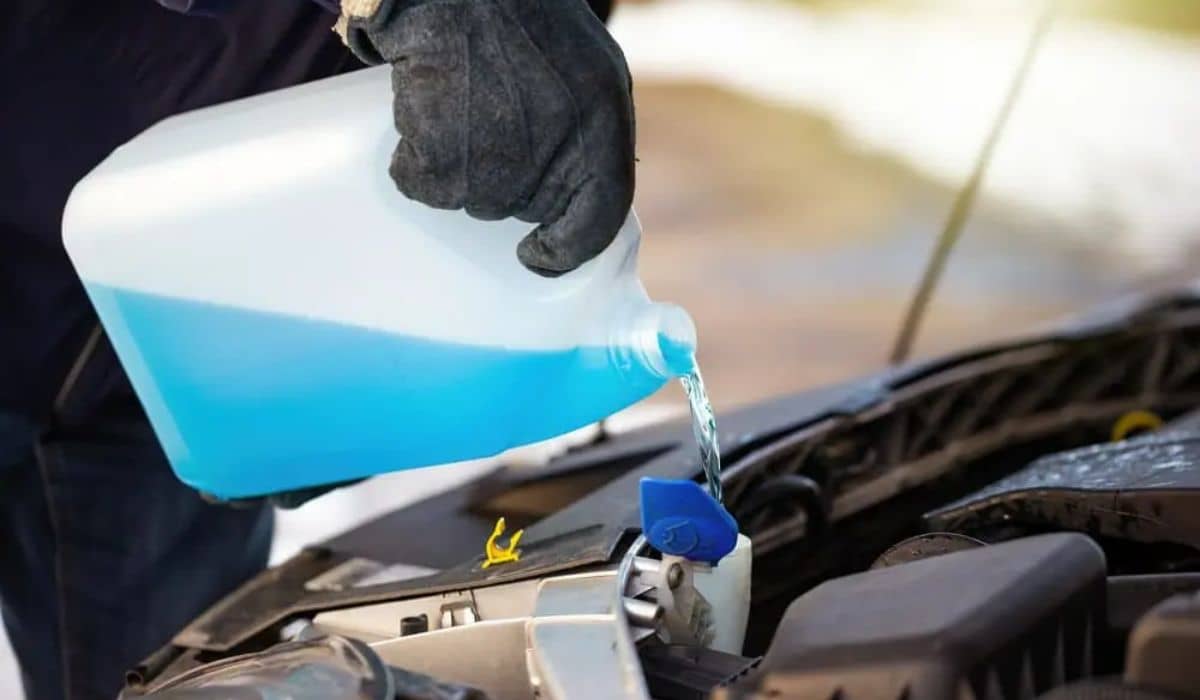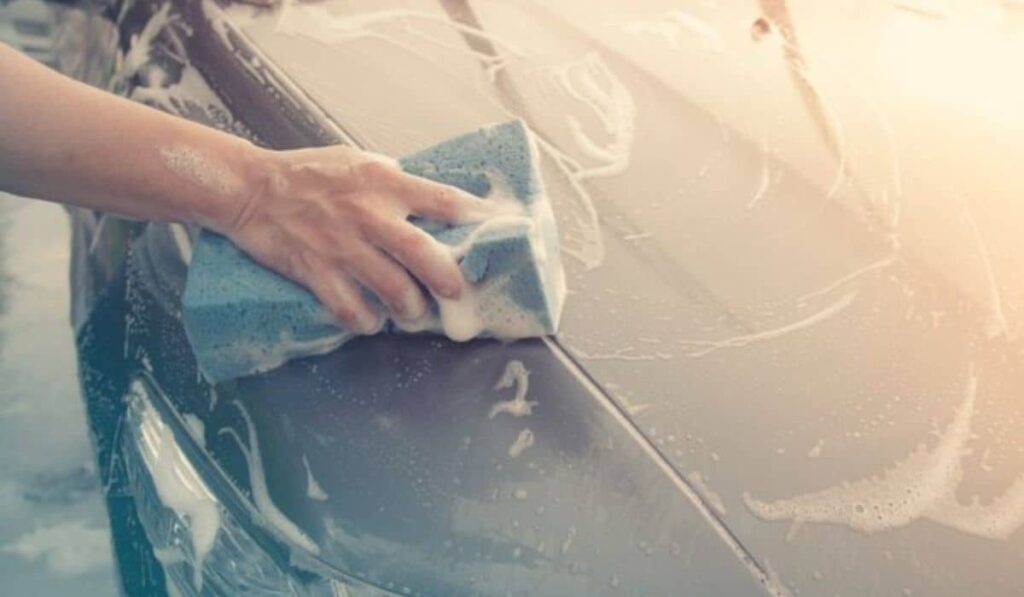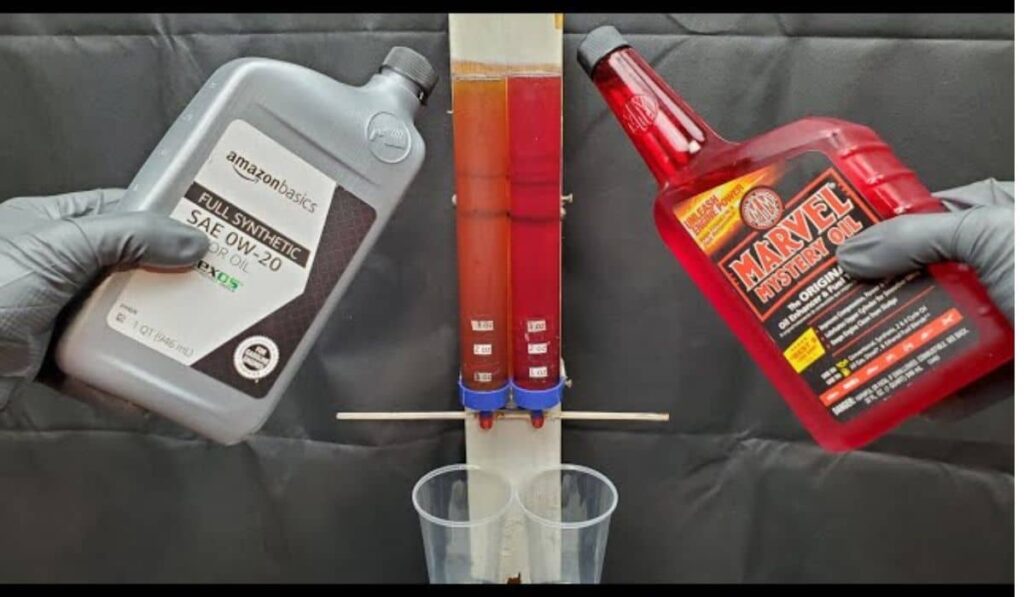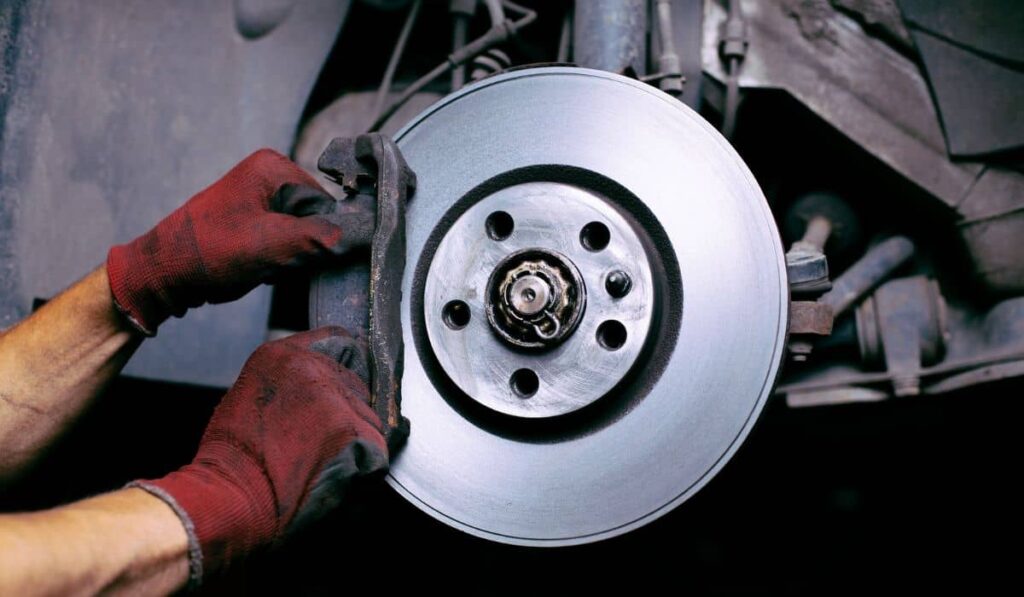Do you need to run the car when adding coolant? To explain this topic, we have explored the details of the cooling system and its functions.
Proper coolant levels are crucial for preventing overheating and engine damage in your car. Coolant, or antifreeze, is important for regulating the engine’s temperature by absorbing and releasing heat.
Coolant: A Cool Necessity
To top up your coolant, it’s important to first understand its role in keeping your car healthy. Coolant, a mix of antifreeze and water, prevents engine overheating by absorbing and carrying away excess heat from engine parts. It prevents coolant from freezing in winter.
It protects our vehicles from extreme temperatures. Low coolant levels or an incorrect mixture can cause engine issues like overheating, reduced fuel efficiency, or even severe damage. Regularly checking and maintaining coolant levels is crucial.
Should you add coolant to your car while it’s running or not?
Let’s discuss Does the car need to be running when adding coolant.
· Yes, Engine should be on.
Should the engine be running when adding coolant to a car? In most cases, the engine should be running when adding coolant to the car. Coolant circulation is necessary for proper mixing and distribution in the engine.
The engine’s running creates pressure and flow for the coolant to reach all parts of the cooling system effectively. The engine’s heat helps expand and maintain the coolant’s function.
It’s important to be cautious and follow the instructions from the vehicle manufacturer, as different models or situations may need different procedures.
· Warm engine for accurate readings.
No need to run the engine when adding coolant to a vehicle. It’s best to warm the engine before checking or adding coolant for accurate readings.
Coolant expands when heated, so checking the level in a cold engine may be inaccurate. Letting the engine warm up stabilises coolant levels for a more accurate measurement. Exercise caution and follow safety protocols when dealing with a warm engine to prevent injuries.
Safe Steps for Adding Coolant
Here are the steps to add coolant to your car.
· Don’t add coolant to a hot engine. Wait for it to cool down. Wait for it to cool completely.
· Find the coolant reservoir. Locate your car’s coolant reservoir in the engine bay. The bottle is typically transparent and labelled as ‘coolant’ or with a coolant symbol.
· Check the level. Check the coolant level, it should be within the ‘min’ and ‘max’ lines.
· Open the cap carefully. Gently remove the coolant reservoir cap.
· Add coolant. Use a funnel to add a 50/50 mix of coolant and water until it reaches the ‘max’ line, preventing spills.
· Change the cap. Make sure the cap is tightly closed on the reservoir.
· Clean up spills promptly. Clean up spilled coolant promptly as it is toxic and slippery.
After adding coolant, it’s recommended to take a short drive and then check the level again.
Why add coolant to your car?
· Engine performance: coolant needs.
Small details are important for optimal engine performance. An often overlooked aspect is your vehicle’s coolant requirements. In the world of luxury cars, knowing how to add coolant correctly is crucial for precision and excellence.
Some may wonder if the car needs to be running, but it’s important for achieving perfection. In luxury vehicles, it’s best to run the engine when adding coolant due to meticulous engineering.
This ensures the coolant circulates throughout the engine, effectively cooling and safeguarding its components. Running the engine while adding coolant ensures optimal distribution throughout the entire system.
This careful approach ensures proper cooling for each component, preventing overheating and improving your machine’s performance. To maintain sophistication and excellence in automotive care, follow recommended coolant requirements and procedures.
· Providing smooth and cool luxury rides.
Attention to detail is crucial for smooth, cool luxury rides. The car should have a sleek design and a powerful engine to exude prestige and refinement. Proper coolant level management is crucial for maintaining excellence.
Does the car need to be running when adding coolant? In the luxury realm, perfection is crucial. Approach this task with care and precision.
Adding coolant is best done with the engine off, according to automotive experts. This ensures the individual’s safety and preserves the car’s performance and aesthetics.
By following this practise, luxury car enthusiasts can ensure their vehicles perform at their best, providing a smooth and stylish ride that truly represents opulence on the road.
· Maintain engine performance.
Maintaining a luxurious vehicle requires preserving flawless engine functionality. The car’s cooling system needs careful attention. Do I need to start the car before adding coolant? In a world of luxury and elegance, attention to detail is crucial.
When adding coolant, make sure the engine is running. This ensures efficient cooling and protection against overheating for all components. By following this meticulous practise, you maintain the high standard expected of a luxurious car.
· Be cautious when opening the radiator.
When adding coolant to a car’s radiator, be cautious and follow safety procedures. Consider if the car needs to be running during this process. Avoid adding coolant to a running engine.
The radiator and surrounding parts can get very hot, which can cause burns or injuries. Also, the coolant can circulate quickly, which may cause splashing or spilling.
For safety, let the engine cool before opening the radiator cap. To add coolant safely to the radiator, just be cautious of potential hazards and take necessary precautions. This way, you can avoid any harm to yourself or your vehicle.
· Monitor coolant level frequently.
To maintain a vehicle’s engine, regularly check the coolant level. Coolant, or antifreeze, is important for controlling engine temperature and preventing overheating. A common question is if the car needs to be running when adding coolant.
No, the vehicle doesn’t need to be running when adding coolant. It’s best to add coolant to a cold engine to prevent injuries or accidents.
Running the car while adding coolant can cause hot coolant to spew out and cause burns. Always follow the manufacturer’s guidelines and safety precautions when adding coolant for safe and efficient vehicle operation.
Even simple tasks in the world of luxury cars exude sophistication. Luxury car owners pay attention to detail and care about Does the car need to be running when adding coolant.
Some argue against keeping the engine running, but true car enthusiasts know it’s best to have the engine gently purring while coolant flows smoothly.
This ritual ensures precise and graceful introduction of coolant, maintaining the delicate balance of performance and tranquility in the automotive world.






